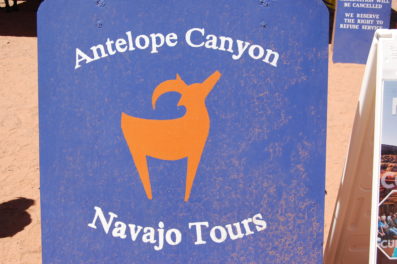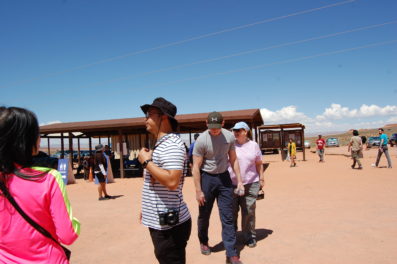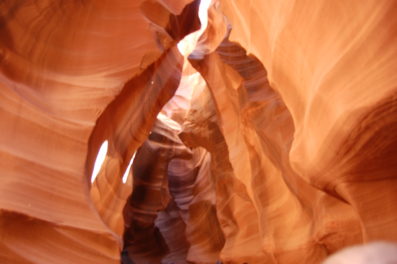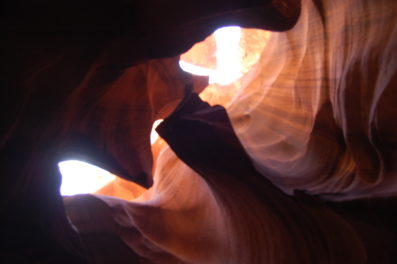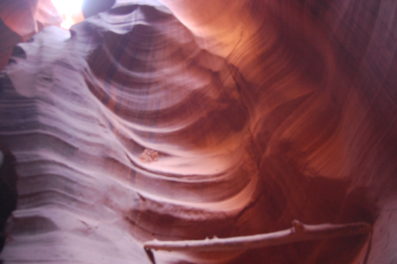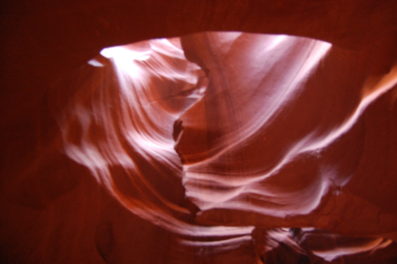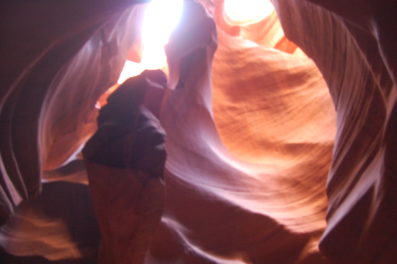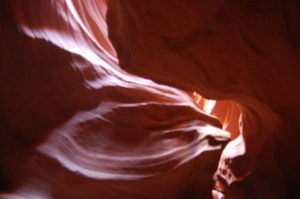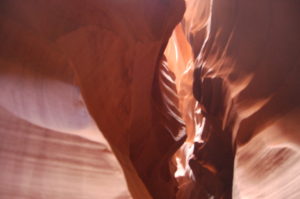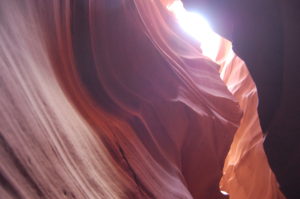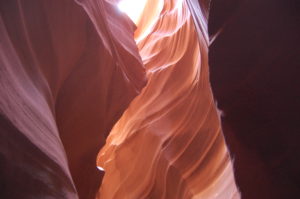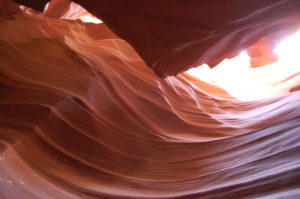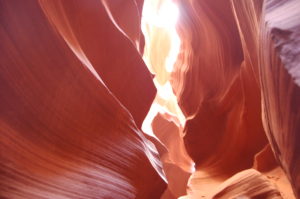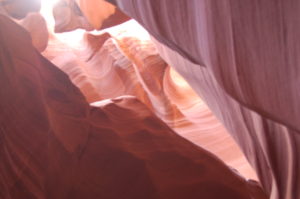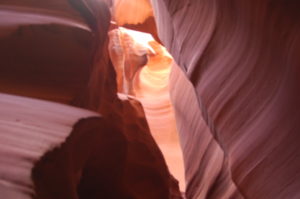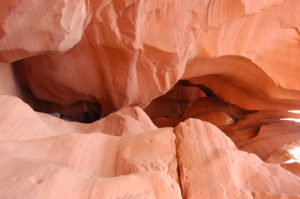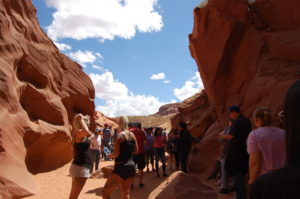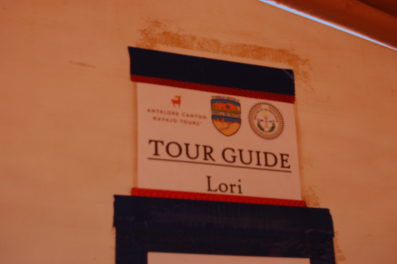
Please take the time to leave a comment at the bottom of this blog. I relish the positive ones and will learn from the negative ones.
HAPPINESS is to have EVERYTHING
you NEED,
NOT the NEED to have EVERYTHING
March/April ITENERARY
March 22nd Las Vegas at Las Vegas TT Campground for 14 nights
April 5th St. George, Utah (119m) x13 nights (119m)
April 19th Kanab, UT at Crazy Horse RVP (80m)x7 nights (80m)
April 26th Salina, UT at RPI RVP(163m) x7 nights (163m)
May 2nd Moab, UT at KOA Campground (159m)x4 nights (159m)
May 6th Heber, UT Mountain Valley RVR (2 overnights) x7n 234m
May 16th Bend, OR TT (Overnights and stays TBD) (654m)(x7n)
June 5th Whaler’s Rest in Newport, OR.
June 26th leave Whaler’s Rest
*****************************************
4.25.2019 ANTELOPE CANYON TOUR
Courtesy of WikiLeaks
Upper Antelope Canyon is called Tsé bighánílíní, ‘the place where water runs through rocks’ by the Navajo. It is the most frequently visited by tourists for two reasons. First, its entrance and entire length are at ground level, requiring no climbing.
Second, beams or shafts of direct sunlight radiating down from openings at the top of the canyon are much more common in Upper than in Lower.
Beams occur most often in the summer months, as they require the sun to be high in the sky. Winter colors are more muted. Summer months provide two types of lighting.
Light beams start to peek into the canyon March 20 and disappear October 7 each year.
Antelope Canyon is visited exclusively through guided tours, in part because rains during monsoon season can quickly flood the canyon. Rain does not have to fall on or near the Antelope Canyon slots for flash floods to whip through, as rain falling dozens of miles away upstream of the canyons can funnel into them with little prior notice.
On August 12, 1997, eleven tourists, including seven from France, one from the United Kingdom, one from Sweden and two from the United States, were killed in Lower Antelope Canyon by a flash flood. Very little rain fell at the site that day, but an earlier thunderstorm had dumped a large amount of water into the canyon basin, 7 miles (11 km) upstream.
The lone survivor of the flood was tour guide Francisco “Pancho” Quintana, who had prior swift-water training. At the time, the ladder system consisted of amateur-built wood ladders that were swept away by the flash flood. Today, ladder systems have been bolted in place, and deployable cargo nets are installed at the top of the canyon. At the fee booth, a NOAA Weather Radio from the National Weather Service and an alarm horn are stationed.
Despite improved warning and safety systems, the risks of injuries from flash floods still exist. On July 30, 2010, several tourists were stranded on a ledge when two flash floods occurred at Upper Antelope Canyon. Some of them were rescued and some had to wait for the flood waters to recede. There were reports that a woman and her nine-year-old son were injured as they were washed away downstream, but no fatalities were reported.
